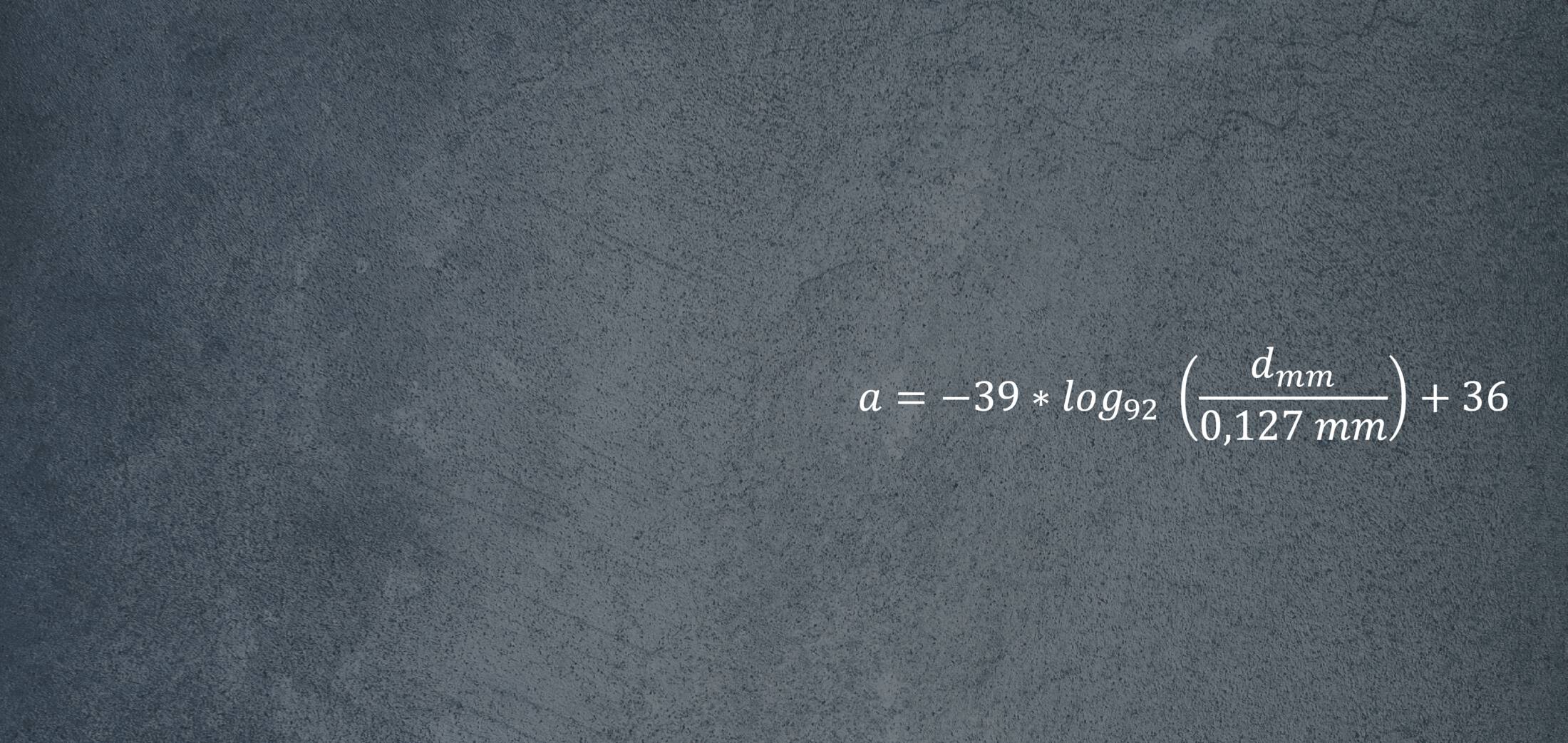A decisive factor, from the production stage through to the appropriate selection for the respective application purpose of a signal conductor, is the cross-section of the strands or the cross-section of the cores in a cable. As early as the first half of the 19th century a wire diameter coding was introduced in North America in order to be able to precisely define the diameter ratio. This specification has since become established as the global standard in all industrial nations. What we are talking about here is the "American Wire Gauge", better known as AWG.
The individual AWG values are calculated by means of certain mathematical formulas and recorded in AWG tables. For each respective AWG number these tables provide the cable diameter in mm as well as its cross-section in mm² (i.e. the values are converted into the metric system).
The AWG standard derived from the history of wire production. To put it simply: in several production processes a copper wire was drawn using special tools until the desired diameter was achieved. Thus, the more often the copper was drawn during the respective stages of production, the "thinner" the wire became. The AWG number indicates the number of operations. Hence, the higher the AWG number, the smaller the cross-section of the copper strand or wire.
Please find CORDIAL’s AWG table here
